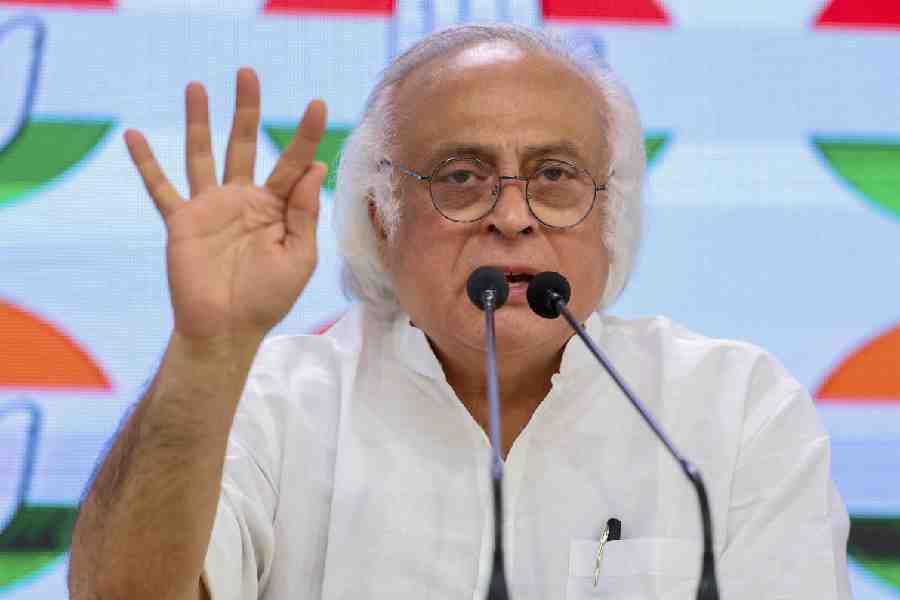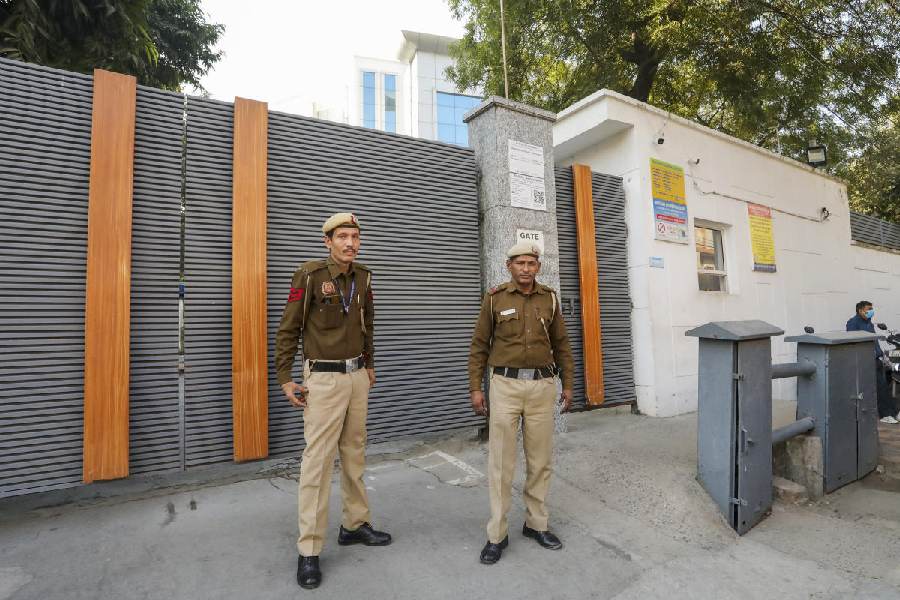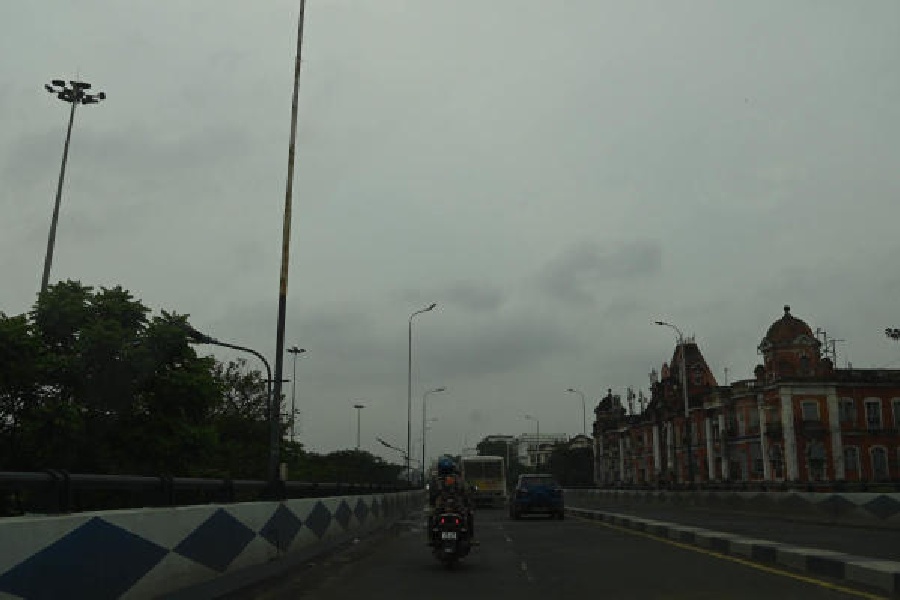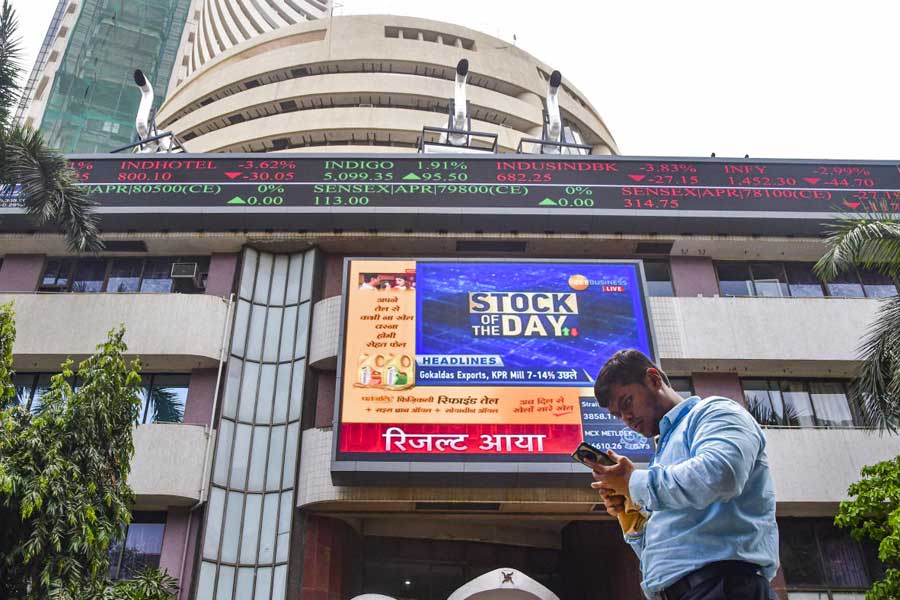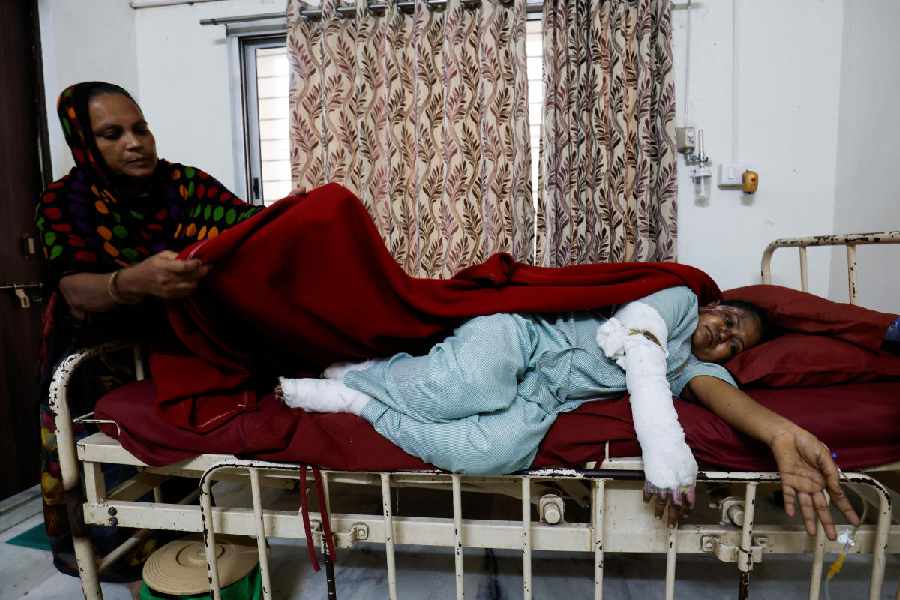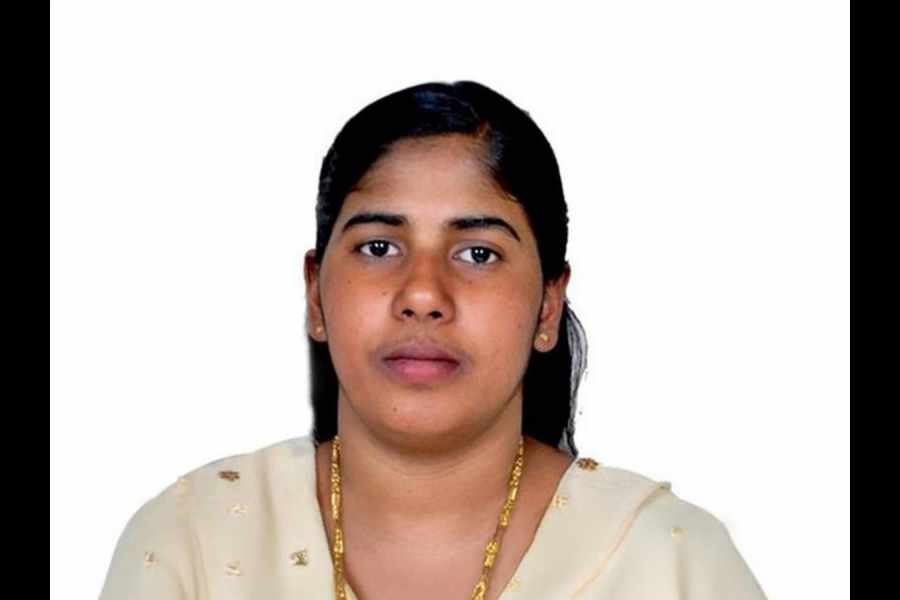The topper of the civil services main examination, 2011, is Shena Aggarwal. This year’s IIT-JEE topper is Arpit Agrawal. Both of them have Haryana connections. And they are not isolated examples. The 2009 IIT-JEE topper, Nitin Jain, was from the same school in Faridabad to which Arpit went –– Modern Vidya Niketan.
But what is more important than Haryana is that these girls and boys come from different trading communities of the country. Surnames like Agrawal, Gupta, Jain, Mittal, Jindal and the like are often found to adorn the merit lists of various exams. These students are posing a big challenge to those from castes like the Brahmin or the Kayastha, who were, till recently, considered more educated than the others. If the Brahmins, Reddys and students from the other backward classes of south Indian states, especially Tamil Nadu and Andhra Pradesh, continue to perform well in various exams, uppercaste students, especially of Uttar Pradesh, Bihar and West Bengal, are losing the race somewhat. And they are yielding ground to candidates coming from business communities, especially of Haryana, Chandigarh, Punjab and Delhi. However, in Bihar and east UP, Bhumihars have, of late, been doing relatively better.
Unlike several other upper and backward castes, Marwaris, Jains and other trading communities have an all-India presence. In states like Haryana, Punjab, Rajasthan, Gujarat, Maharashtra, Delhi, even Chandigarh, they constitute a considerable part of the population. However, the trend of trading communities going for higher education is not confined to just one or two pockets in the country. It is almost an all-India phenomenon now.
Interestingly, many of those cracking exams or topping the lists are not sons and daughters of big businessmen or industrialists but come from the middle, even lower middle class trading families of small cities. Some of them have professional roots. For example, Shena’s father is a doctor in Yamunanagar.
Changing scene
The trading communities have a number of advantages. They are usually better off than several other caste groups. So they have money to invest in good education. But even more importantly, their children are usually not a pampered lot, as is the case with kids of the filthy rich from other communities. Even if the families have money, they do not usually spend it on a lavish lifestyle. In the Hindi hearland, one often comes across expressions like baniagiri, used to deride the frugal ways of living of the business communities. But herein lies the story of their success.
Simplicity is not the hallmark of the trading communities of Hindus or Jains. But Bohra and Khoja traders and industrialists are known for such qualities. Azim Hashim Premji is an example.
The other advantage with the trading communities is that they are relatively more urbanized and upwardly mobile. Unlike many other castes, they are not attached too strongly to the rural areas.
The trading communities have taken up modern education with a plan and a sense of purpose. One or two brothers or sisters in a family may go for higher education while the rest will look after the business. Even as a good doctor, engineer or civil servant, they would try to contribute to the expansion of their family business.
These young, educated professionals have gradually changed the profile of the Indian trading class. Although they have a countrywide presence, these business communities do not project their achievements in a big way, as several other castes often do. Not only that, their women are also breaking barriers, although they still have a long way to go.


